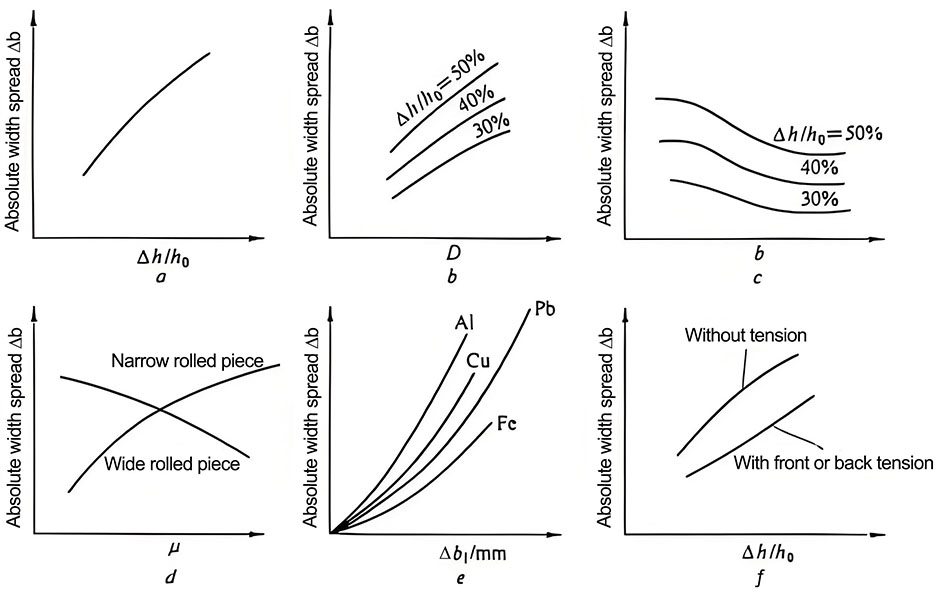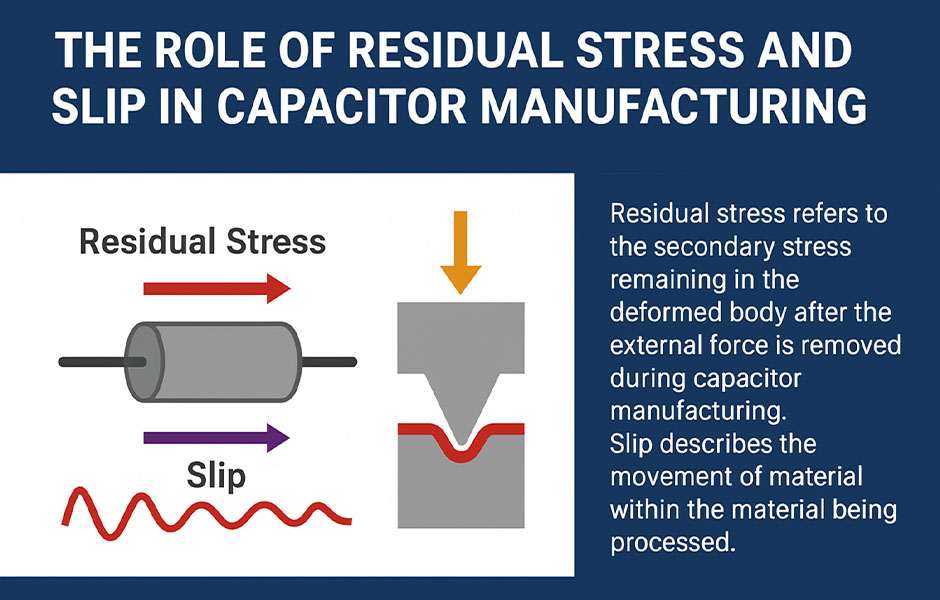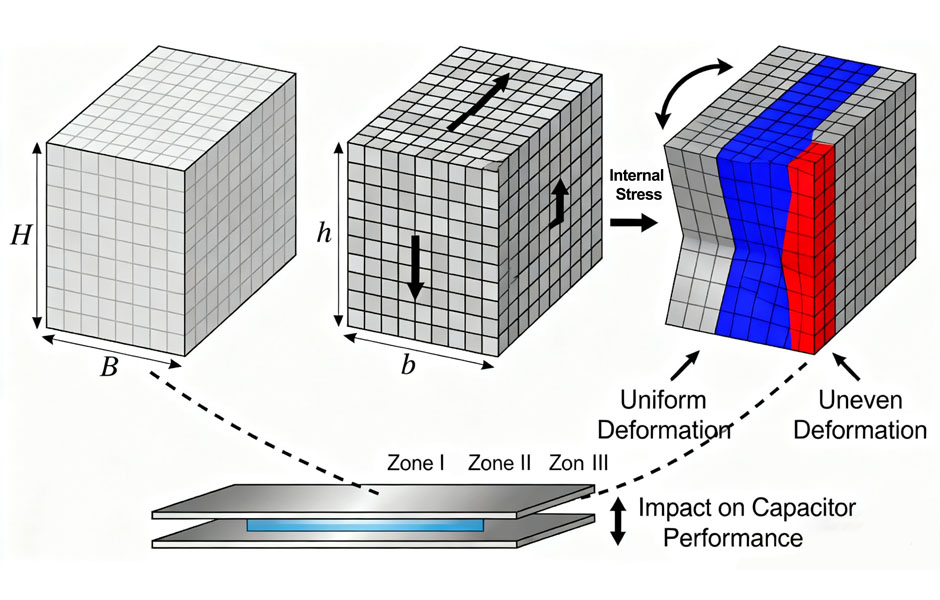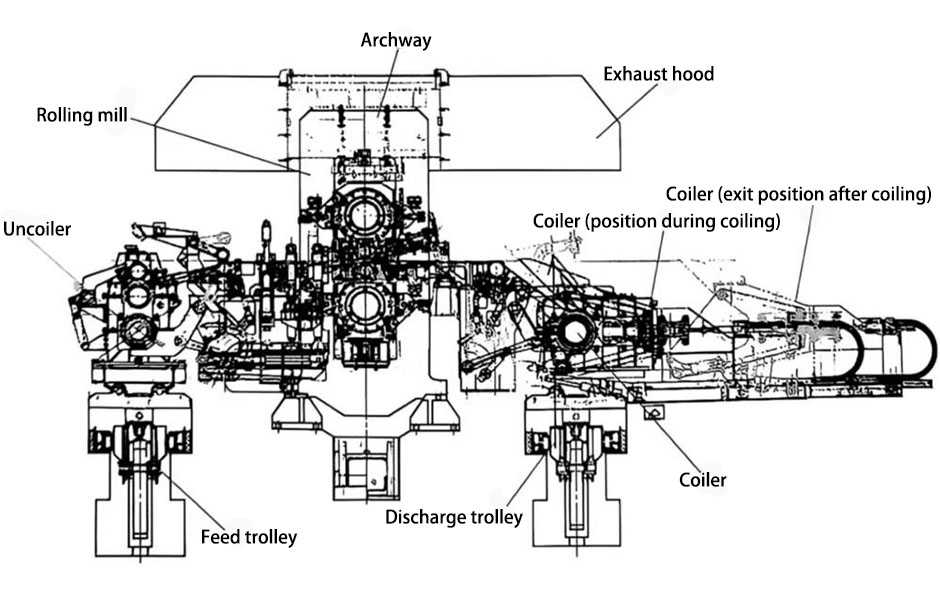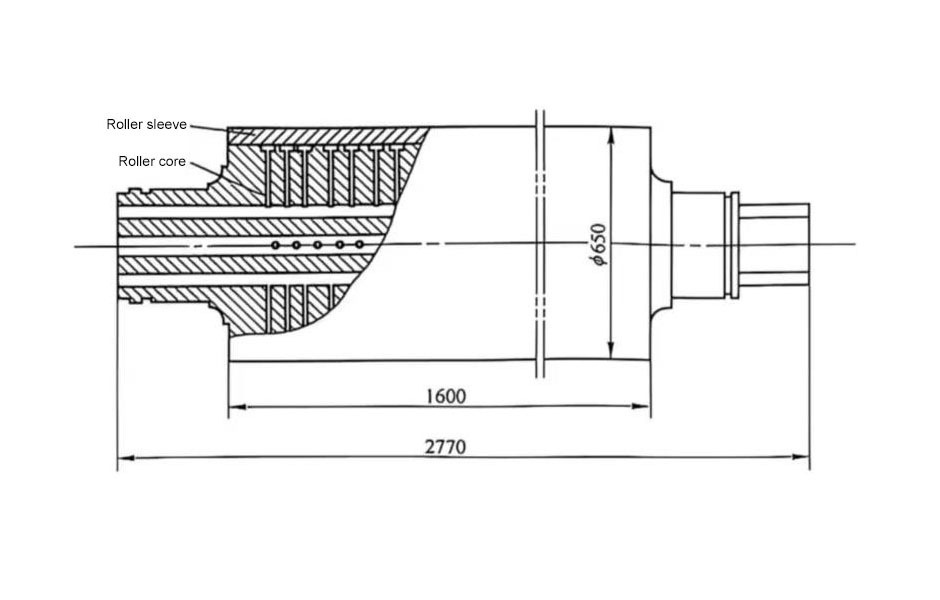The capacitance value of a ceramic capacitors generally refers to the maximum/maximum value of the voltage that can be tolerated between the two electrodes of the capacitor. The pressure resistance value is generally only reached when testing, for testing the quality of ceramic capacitors. Even during the test, the withstand voltage value is maintained for a short period of time. If the withstand voltage test is performed for a long time, the ceramic capacitor will be damaged.
Ceramic capacitor rated voltage refers to the operating voltage range of the capacitor. It is a standard voltage that guarantees long-term stable operation of the capacitor. The voltage applied across the capacitor cannot exceed this value. Is equal to this value. Only in this way can the capacitor work properly.
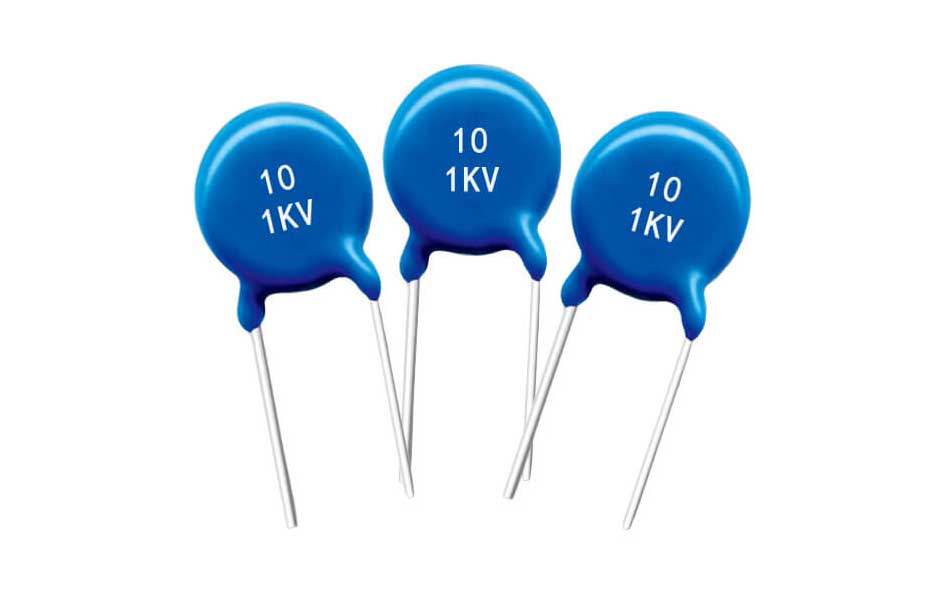
The ceramic capacitor breakdown voltage refers to the minimum/minimum voltage that can be destroyed between the two poles of the capacitor.
Popular explanation: pressure resistance = maximum/high voltage; rated voltage = working voltage; breakdown voltage = failure voltage
We can also understand the breakdown voltage and breakdown voltage as a meaning. When the voltage applied to the ceramic capacitor exceeds the withstand voltage, the ceramic capacitor will be broken down.
Ceramic capacitor rated voltage refers to the voltage recommended working voltage, pressure value generally refers to the maximum / value of the voltage between the two electrodes of the capacitor can withstand, breakdown voltage is the minimum / maximum voltage between the two poles of the capacitor can be destroyed. Pressure = maximum/high voltage; rated voltage = working voltage, breakdown voltage = failure voltage.
